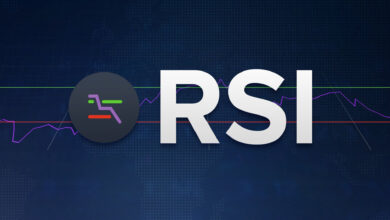Crypto Investment Strategies
Actionable, testable strategies for crypto—smart DCA, momentum/trend, factor tilts, regime filters, and clear entry/exit rules with risk controls.
-

Backtest Optimization: Avoid Overfitting & Improve Robustness
Most failed strategies are victims of bad optimization. This guide shows how to avoid curve fitting with time-based splits, walk-forward…
Read More » -

Top Crypto Investment Strategies for 2025: From DCA to AI Tools
Discover the best crypto investment strategies for 2025. Learn how to use DCA, portfolio diversification, staking, and AI tools to…
Read More » -

How to Invest in Crypto Using AI Tools
💡 Want to invest in crypto smarter? Learn how AI tools can help you analyze markets, automate trades, and find…
Read More » -

How to Use Moving Averages in Crypto Trading: A Data-Driven Guide
Learn how to use Moving Averages in crypto trading, including SMA, EMA, and AI-powered analysis. Discover how AI enhances trend…
Read More » -

AI in Crypto Trading: A Tool for Smarter Decisions, Not Guaranteed Success
Many believe AI can guarantee success in crypto trading, but is that true? Learn how AI assists decision-making, reduces effort,…
Read More » -

How Sensitivity Analysis Can Reduce Investment Risk in Crypto?
🚀 Want to invest in crypto with less risk? Discover how sensitivity analysis helps investors understand market factors, predict price…
Read More » -

The Importance of Crypto Technical Analysis in Investment Decisions
Technical analysis is a powerful tool used by traders and investors to evaluate and forecast price movements in the cryptocurrency…
Read More » -

Best AI Crypto Trading Platform
In recent years, the cryptocurrency market has witnessed a significant rise in the adoption of artificial intelligence (AI) in trading…
Read More » -

What Is RSI Indicator?
The Relative Strength Index (RSI) is a popular technical indicator used by traders and investors to assess the momentum and…
Read More » -

How to Backtest a Crypto Investment Strategy: Step-by-Step
Crypto backtesting helps traders refine strategies before investing. Learn how to use AI and tools to test your crypto trading…
Read More »